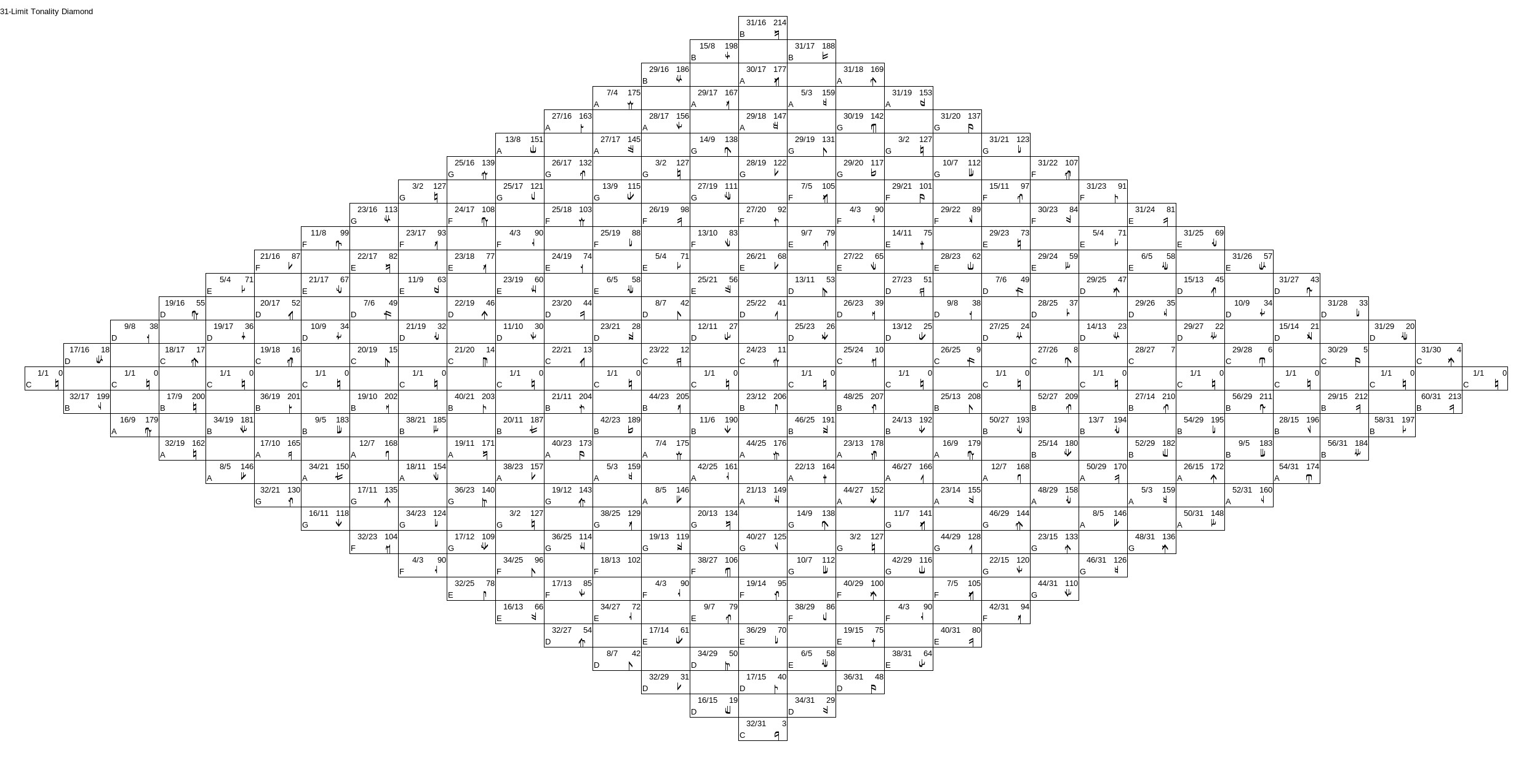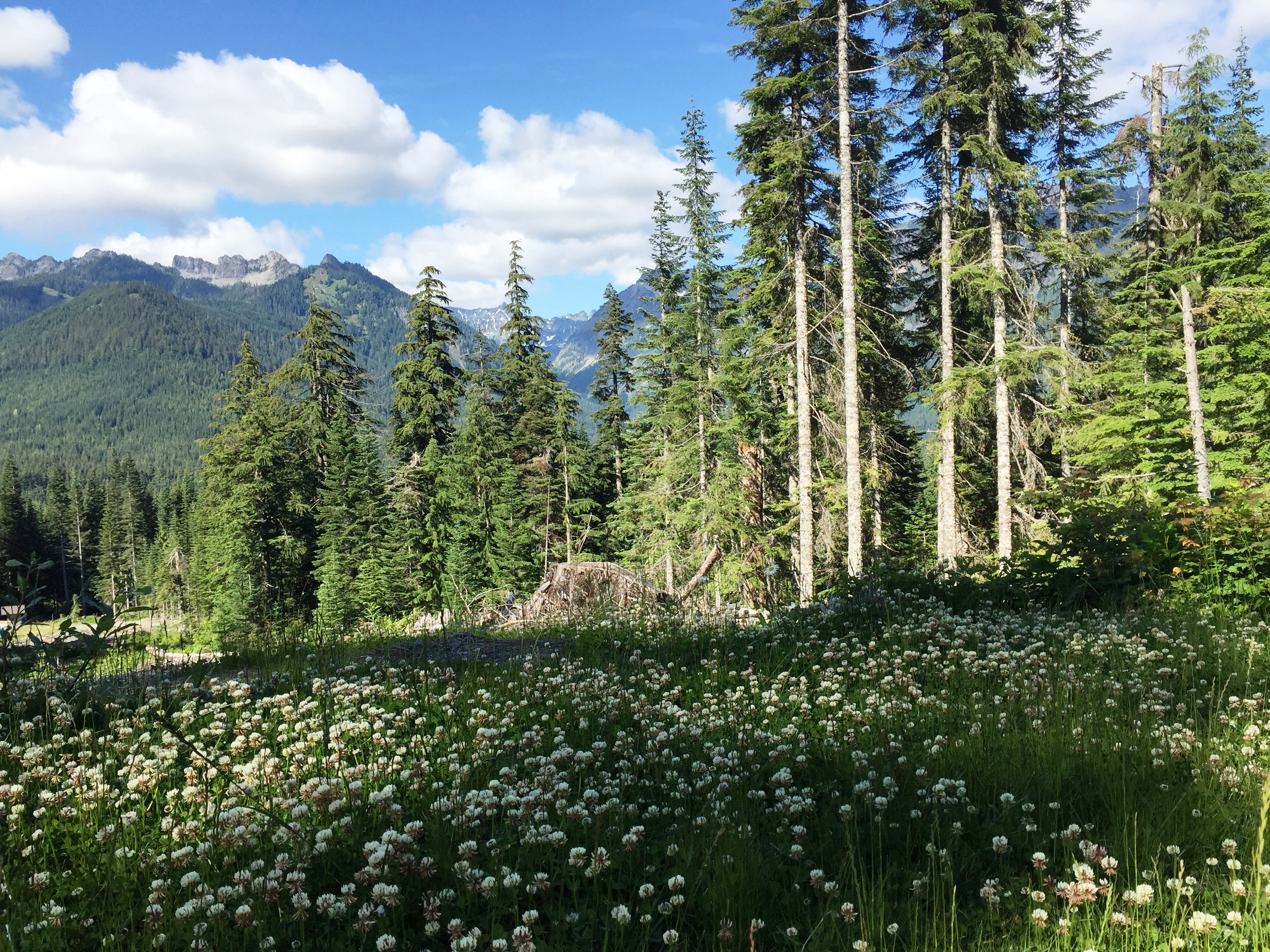I’ve been playing around with some impressionist composers of the late 19th century, including Chopin, Debussy, and Ravel. Mostly Ravel’s Habanera, which is a charming piece for piano and soloist. I’ve heard versions with clarinet, violin, and flute, and they are really lovely. I thought, well, let’s really mess it up by realizing a microtonal version. I tried some of my 15-limit scales, but quickly ran out of notes. Ravel is very chromatic, and an 8 note 15 limit scale is missing several accidentals, and the ones it has are a little strange.
To find some more of those missing notes that I’m sure Chopin, Ravel, & Debussy would use if they only had instruments that could play them, I moved up to a 31 limit. That’s 8 more notes per otonality and utonality scale to make 16 per octave per scale, with 16 scales to build. I’ll be trying to adjust my Csound sampler to accommodate the extra notes. The 31-limit in just has 217 distinct pitches per octave, quite a bit more than the 72-EDO scale I’ve used lately. (I add three notes at the top and bottom of the scale to make the first jump 1/3 less large. They are not in the diamond. While I’m at it, I plan to add the ability to automatically pick the right samples base not just on pitch but also volume. I bought a Bosendorfer sampler online, which has 5 or 6 different samples per note, depending on how hard the note is played. Most modern sample players handle that automatically, but mine, built with Csound, will take some more work. Not a lot, just some more.
Here is a picture of the 31-limit tonality diamond lined up with ratios in order from 16 to 31. It uses the following otonality ratios: 16:17:18:19:20:21:22:23:24:25:26:27:28:29:30:31. Each box in the diamond has the ratio in just, the pitch number in a non-equal 217 notes to the octave scale (1-217), and the note name in Sagittal notation. Click on the link below to enlarge it. As you might expect, 31 Limit is large. From a spreadsheet that I’d be happy to share.


